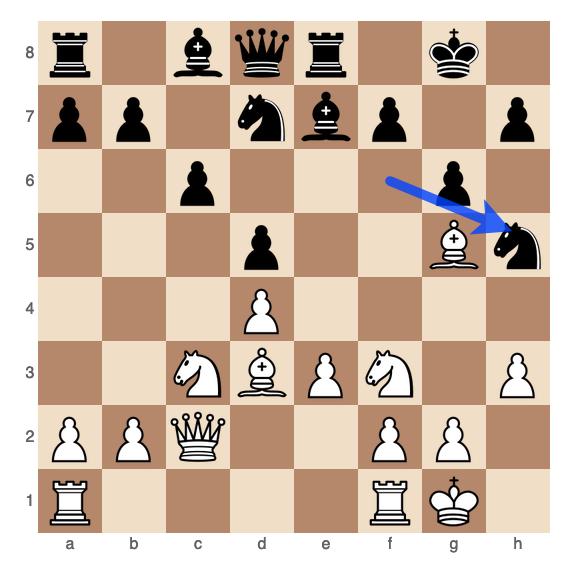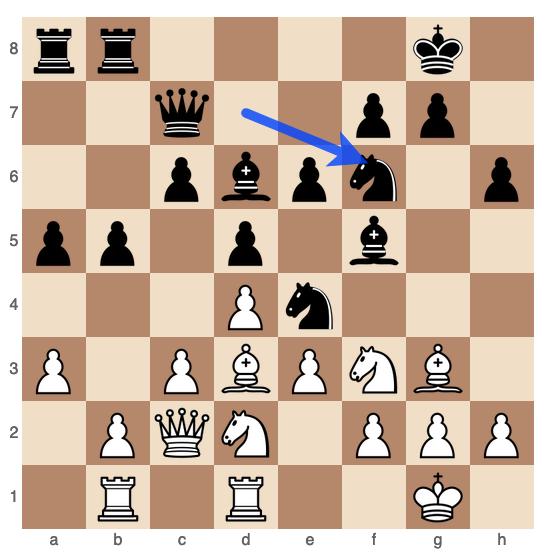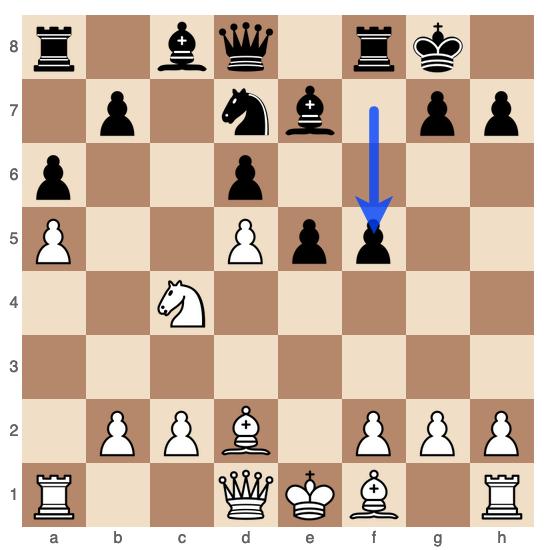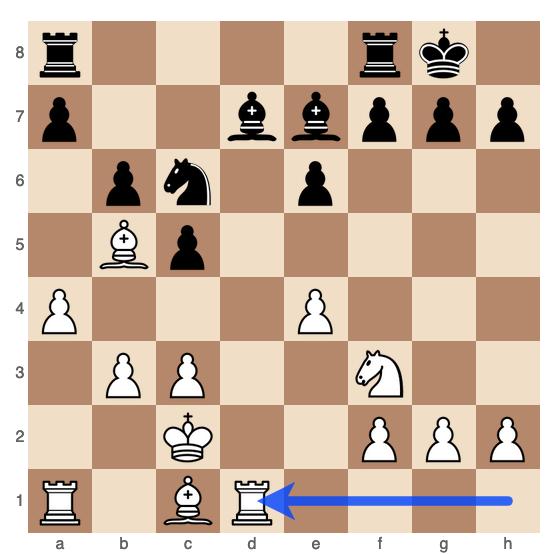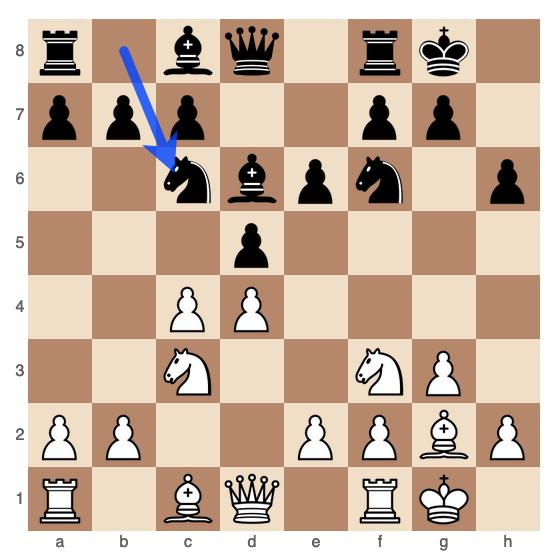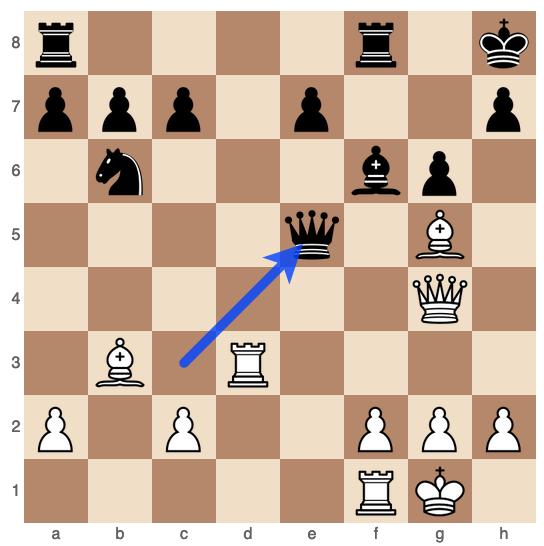In this sixth-round game from the Titled Tuesday tournament, Guillermo Baches (Chessllermo) plays with the white pieces against L. Yankelevich. The game, originating from the Four Knights Game, quickly develops into a complex and tense middlegame. Baches demonstrates his strategic understanding and tactical sharpness to outmaneuver his opponent and secure a well-deserved victory.
The Opening
The game begins with the Four Knights Game (1. e4 e5 2. Nf3 Nc6 3. Nc3 Nf6), a classical and symmetrical opening known for its solid but flexible nature. Baches, however, quickly steers the game into uncharted territory with the move 4. h3, an offbeat idea designed to avoid mainline theory and provoke weaknesses in Black’s camp.
After 4…d5, the game transitions into a sharper line where Yankelevich captures on e4 (5…Nxe4), challenging White’s center. Baches responds with 6. O-O, developing and preparing to reclaim the pawn with active piece play. The move 7. Nxd5 leads to a typical central tension, where both sides need to balance development and control over the center.
The Middlegame
The middlegame begins in earnest after Baches plays 8. d3, opting for a calm but solid approach, preparing to challenge Black’s central setup. Yankelevich responds with 8…Nc5 and 9…f6, indicating his intentions to hold onto the center and potentially expand on the kingside. However, Baches keeps a firm grip on the center and proceeds with 10. c3 and 11. Ne3, improving his pieces and preparing to open the center.
The game takes a critical turn after 14. Nf5, where Baches aggressively targets the d6 pawn and Black’s slightly overextended position. After exchanges on d6, White’s pieces become more active, particularly after 16. Bf4, where Baches strengthens his control over the center and the queenside.
The maneuvering phase culminates in 21. Qf3, where Baches increases the pressure on Black’s position, forcing Yankelevich into defensive moves. The central exchanges that follow, particularly after 24. Bxc4 Bxc4 25. Rxc4, give Baches the initiative as he dominates the open c-file and keeps Black’s pieces tied down.
The Endgame
The transition to the endgame is smooth, with Baches maintaining his advantage after 26. Bxd6 Qb5. The sequence from 28. Be5 to 31. Qg5 demonstrates Baches’ keen sense of timing, as he switches his focus from queenside play to launching a kingside attack. The critical moment comes after 33. Rxc7+ Nxc7 34. Rxe8 Rxe8 35. Qh6, where Baches invades Black’s position with decisive threats.
The endgame features Baches converting his advantage methodically. After winning material with 38. d6 and 39. Qe5, Baches centralizes his king and rooks, preparing to support his passed pawn on the c-file. The precise maneuvering with 44. Qe7+ and 45. Rd7 further consolidates his advantage, leaving Yankelevich with no counterplay.
The final phase of the game sees Baches effectively exploiting his material advantage. After 52. Kg1, White’s position is winning, and Baches methodically pushes his pawns while neutralizing any potential threats. The game ends with a decisive breakthrough after 77. Qb1, where White’s queenside pawns march forward, forcing Yankelevich to resign.
Conclusion
This game is a masterclass in how to handle the Four Knights Game, particularly when transitioning from the opening to a favorable middlegame and then into a winning endgame. Baches’ understanding of strategic play, coupled with his ability to capitalize on small inaccuracies by his opponent, led to a well-deserved victory.
Key Lessons:
- The Four Knights Game, while symmetrical, offers plenty of opportunities for dynamic and strategic play, especially when one side deviates from mainline theory early on.
- Central control and piece activity are critical in the middlegame, as demonstrated by Baches’ handling of the center and his active piece play.
- In the endgame, maintaining the initiative and methodically converting small advantages into a win is key to success.
«Chess is a game of strategy and precision—each move should build towards a larger goal.» Baches exemplified this principle by methodically outplaying his opponent and securing a convincing win.

